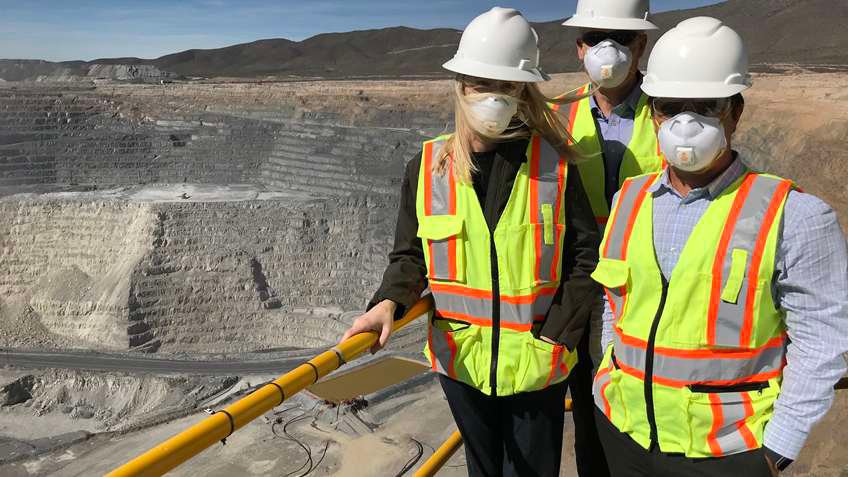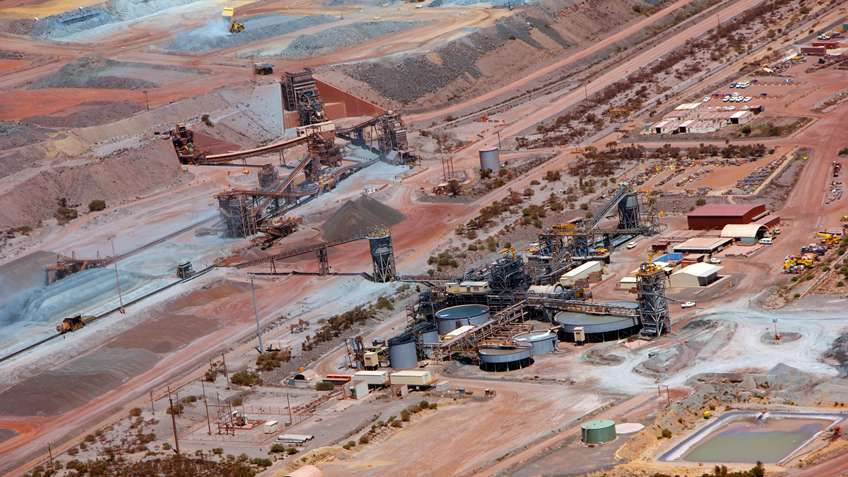For mining operations, the challenge of managing a backlog of outdated equipment in out-of-the-way places is exacerbated by a shrinking pool of skilled labor.
The truth is, smart connected assets – and capabilities like remote monitoring, analytics and artificial intelligence (AI) – can help address these issues. Yet the aging legacy systems in place at many mines simply lack the connectivity and embedded intelligence required.
So in today’s climate, what strategies can mining companies use to minimize obsolescence risk, incorporate new technologies and improve equipment reliability?
These steps provide guidance:
Step 1: Installed Base Evaluation
As the saying goes, you cannot manage what you cannot measure. But unable to devote limited personnel to the task, most mining companies have no deep understanding of the constraints of their existing equipment or their exposure to obsolescence risk – and related costly repairs and unplanned downtime.
For many, engaging a third-party familiar with the mining industry and automation technology to analyze critical plant assets and their condition is the first step toward a cost-effective technology assessment and migration.
An installed base evaluation (IBE) provides an inventory of all hardware and software assets across all relevant sites. And delivers accurate lifecycle information regarding what’s current, outdated or obsolete.
Step 2: Criticality Assessment
An installed base evaluation not only pinpoints obsolescence risk, but also provides a framework for prioritizing improvements.
Typically, an asset’s criticality is based on its direct impact on productivity. In other words, what happens when an asset goes down – and how long will it take to restore functionality?
A non-functioning air compressor – on a line with five similarly functioning air compressors – may have minimal immediate impact on production. Conversely, an unanticipated drive outage could take a crusher out of service for weeks.
With a criticality assessment, companies can make informed decisions regarding everything from spares inventories and software updates to system migrations and staff training requirements – application by application – and more broadly, mine by mine.
Step 3: Lifecycle Planning & Budget Strategies
We all know prioritizing upgrades is just part of the equation. Implementing improvements within capital budget constraints is often the key hurdle to overcome.
Keep in mind there are many ways to incorporate newer technology, including modernization and phased migration approaches designed to minimize risk.
Bringing The Connected Mine to Life
Taking a strategic approach to equipment obsolescence – and modernizing and standardizing control equipment and software – can help companies bring a Connected Mine to life incrementally and cost effectively.
And a Connected Mine that ultimately enables access to a wealth of real-time diagnostic information, KPIs and trends onsite and remotely is an effective path to better equipment reliability and production efficiency.
Learn more about strategies you can deploy to minimize obsolescence risk. And discover more ways to create and optimize The Connected Mine.



